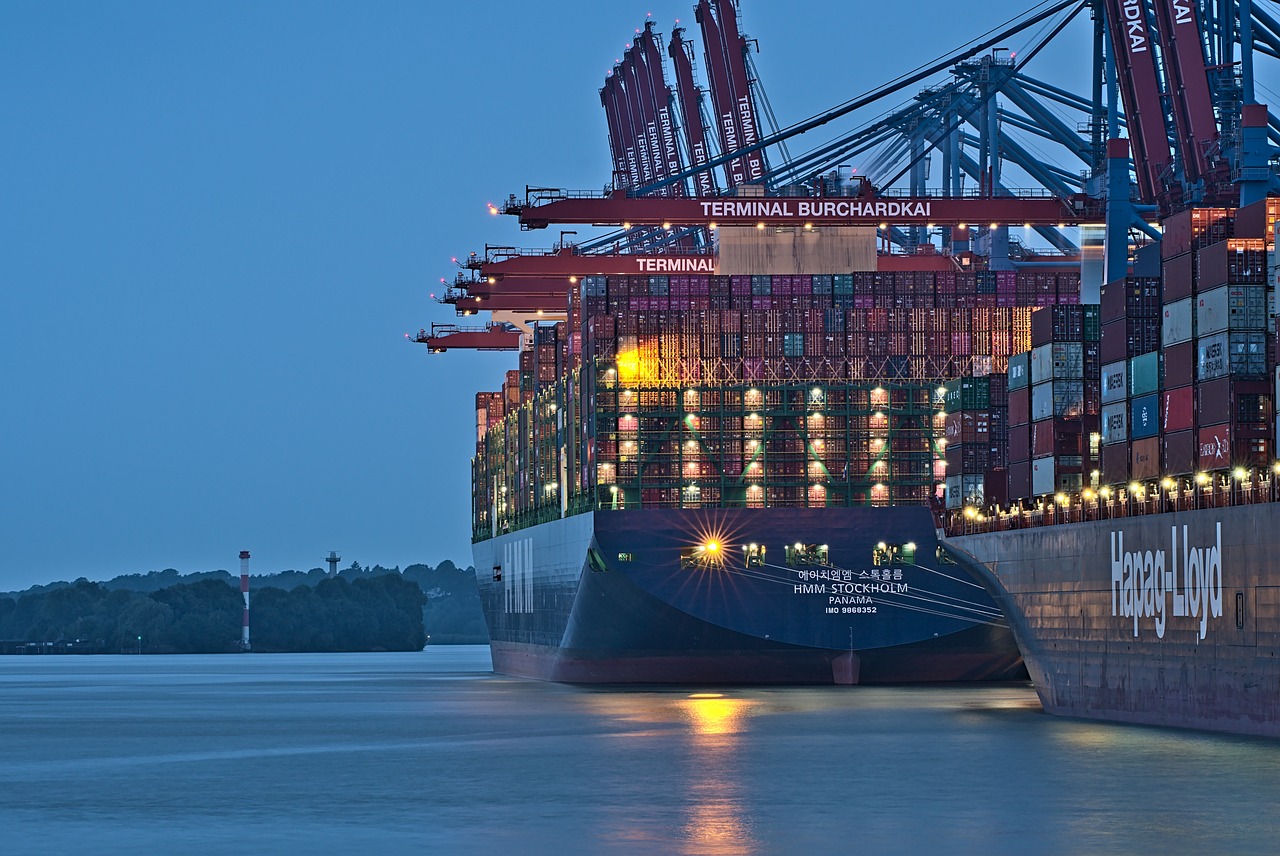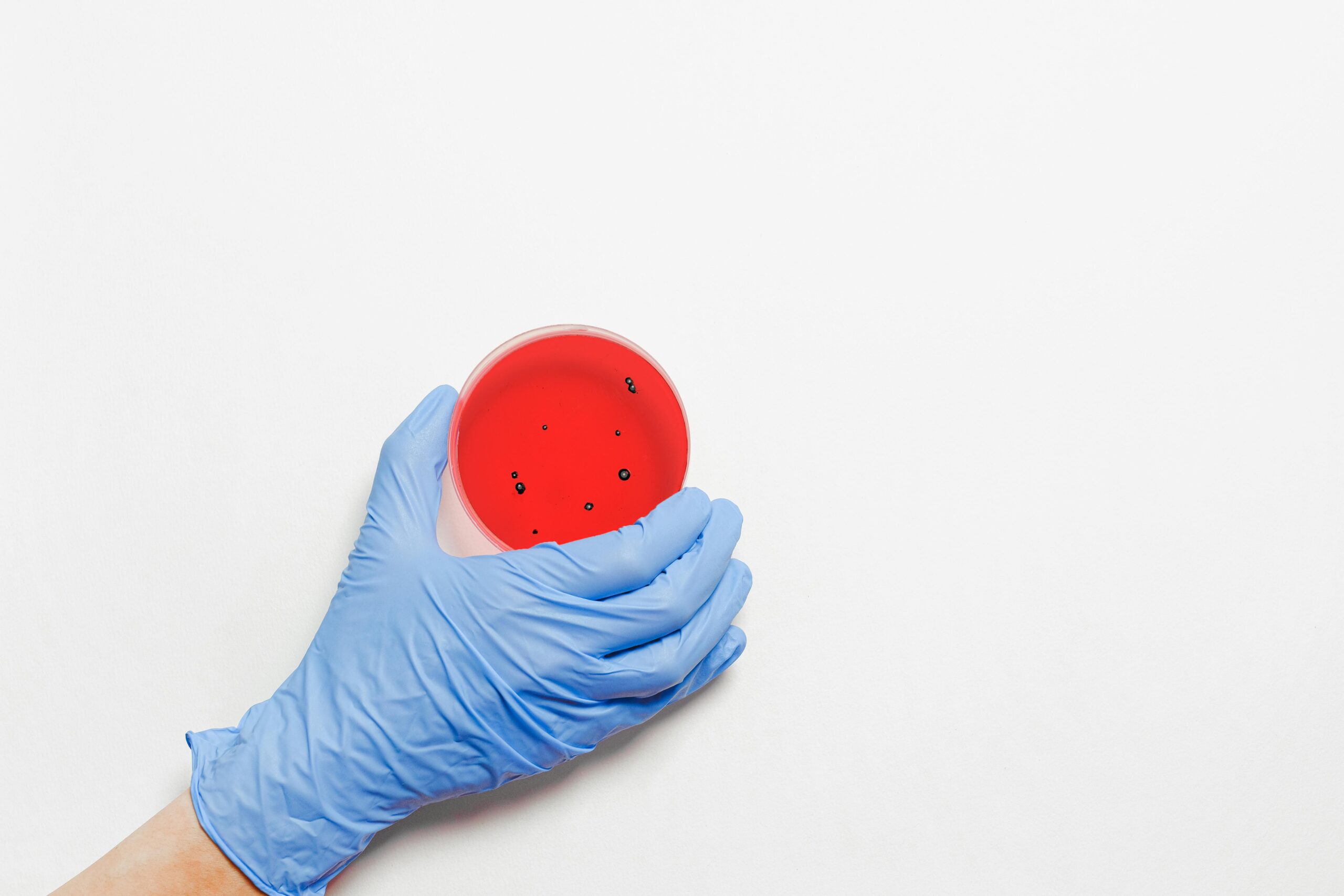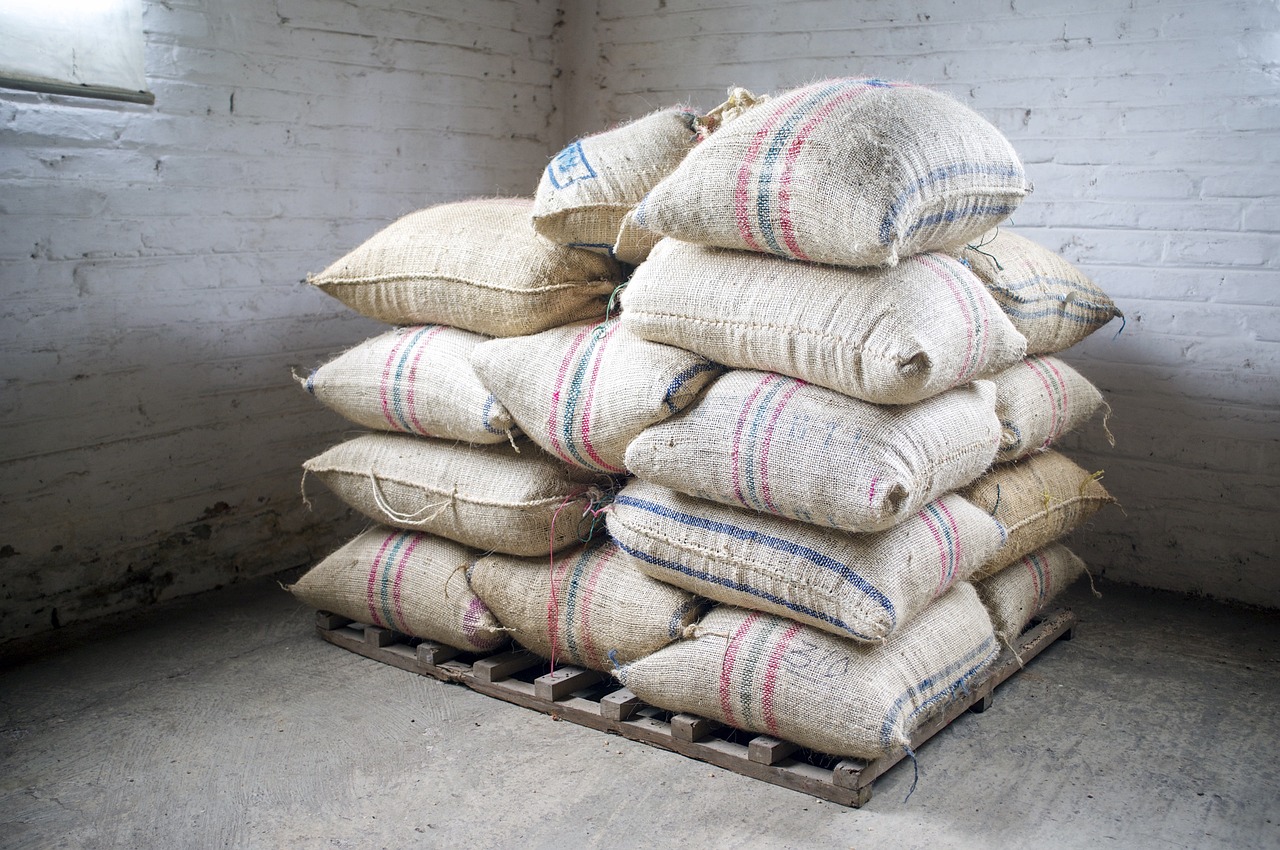
Exporting comes with risks — with costly cargo damage being one of the biggest potential risks.
As an exporter, it’s your job to do everything in your power to protect your cargo against moisture, extreme temperatures, and contamination. When your shipments endure changing climates and shipping conditions, that can be a difficult task.
Whether you’re shipping chemicals, furniture, or medical and pharmaceutical goods, there are ways to reduce the risk of cargo damage. Using our innovative shipping solutions can help you mitigate environmental conditions and protect your cargo.
Some things are out of your control, but let’s take a look at the variables you can control when protecting your exports.
Extreme temperatures are a common challenge in global shipping. Let’s say you’re shipping cargo from Alaska to a warmer climate like Australia. Your cargo needs to be able to endure the extreme cold and heat that these regions are known for — and refrigerated containers only protect against extreme heat.
While some cargo can safely endure major temperature swings, food and beverages, medication, and various chemicals are more susceptible.
You can’t control the weather, but you can take steps to protect your cargo as it travels through various regions and climates. Insulation can help you maintain stable temperatures inside shipping containers, and you can even insulate pallets and individual pieces of cargo.
Extreme temperatures can also be avoided by choosing the right shipping routes. Routes that travel through regions that are prone to severe weather may not be ideal if you’re shipping food and beverages or other temperature-sensitive goods.
Moisture is a leading cause of global cargo damage, with an estimated 10% of goods suffering moisture damage. Several environmental factors can lead to moisture damage in shipping containers, including leaks, spills, and fluctuating temperatures.
Using absorbent products is one of the best ways to protect against moisture damage. You can’t stop condensation from occurring, but you can keep that moisture from building up and causing container rain. We offer several products that can help minimize moisture.
Moisture damage can also be avoided by properly packaging the goods you’re shipping. Extreme temperatures can cause moisture inside shipping containers to evaporate, allowing that moisture to build up on the walls and ceiling of the container. Our temperature stabilization products can help protect your cargo.

When you’re shipping consumable products, contamination is one of the biggest obstacles. Contaminated or spoiled food can damage your reputation as a supplier, and you can lose a lot of money as a result of discarding cargo.
Preventing contamination starts with how you package your goods. Use food-safe packaging that keeps dirt, moisture, and other contaminants out. We also offer a handful of solutions that protect shipments from contamination — including bulk dry shipments.
While your options may be limited depending on your location, there are countless container shipping companies throughout the world. If you want to protect your exports, start by making sure you choose a reputable container shipping company.
You can research container shipping companies to learn more about their on-time delivery rates, how freight is handled, and what customers have to say. You should be able to find plenty of information about reputable carriers online.
You can also talk to your carrier about the types of cargo they typically carry and the shipping routes they use. Asking questions is a smart way to make sure you’re going above and beyond to ensure the safe delivery of every shipment.
Cargo damage comes in many forms, and sometimes the damage is more extensive. However, even minor cargo damage can cause rippling effects throughout your organization. Let’s take a look at how cargo damage can impact you as a supplier.
Damaged goods can cost you a lot of money — especially if you’re shipping certain types of goods. Some medical and pharmaceutical products are very expensive by volume, which means even minor damage can cost a lot.
If your average shipping container is valued at $500,000 and 10% of the goods in a container are damaged, you’re out $50,000. Even damaging a small percentage of your cargo can cost you thousands of dollars.
When you consider the cost of temperature stabilization and moisture control solutions, it’s well worth the investment to prevent cargo damage.
Your reputation is also on the line when it comes to cargo damage. Whether people count on you to supply dry bulk goods, electronics components, or medical products, you can lose out on big contracts if you can’t deliver on time.
Spoiled or contaminated goods can cause an even bigger hit to your reputation. One bad shipment of food or medication — even if it’s not your fault — can make consumers lose trust in you.

You can’t control every variable as an exporter, but there are several ways you can protect your cargo. Learn more about some of the innovative shipping solutions we’ve developed at Eurolog Packing Group below.
Our Temcore series provides insulation that protects your cargo against extreme temperatures. From food and medication to chemicals, suppliers count on Temcore products for reliable temperature stabilization.
Temcore Covers are made for palletized cargo, with custom sizes available based on your needs. Temcore Max Covers offer extra protection, holding temperatures to within 1 degree per hour.
Temcore Blankets can be placed over the top of cargo to reflect up to 97% of heat, keeping your cargo safe in hot climates.
Temcore Liners offer insulation for your entire shipping container to protect against temperature swings. Temcore Liners are easy to install and reusable.
When it comes to moisture protection, our Hydry series is the way to go. Choose between several products based on the source of your moisture damage.
The Hybag is a desiccant bag that can absorb up to three times its weight in moisture, helping you maintain ideal relative humidity. If you need more protection, the Hybag Plus+ offers maximum absorption.
Hypads are designed to protect against moisture damage caused by leaks and spills. Simply place a Hypad beneath your cargo to absorb spills and leaks and prevent moisture damage. Hypads are also available in custom sizes.
For container rain, the Hyblanket is our best solution. You can place Hyblankets on top of cargo or hang them from the ceiling to absorb moisture that collects on the ceiling before it causes container rain.
Kit Kraft liners offer protection against mold and fungus, dirt and other contaminants, and condensation.
Kit Kraft Paper Lining is available in 330 ft. rolls, so you can line your shipping container to keep contaminants out. Our kraft paper liners are also made from 100% recyclable materials, so they’re an eco-friendly shipping solution.
When you need additional protection against moisture, go with our Kit Bond Absorbent Lining. This lining is hydrophobic with a waterproof barrier, which means it protects against moisture without clinging to the floors or walls of your shipping container.
When you’re shipping expensive goods that need complete protection against dirt, humidity, and extreme temperatures, you can’t go wrong with our Protepack products.
The Protepack Reflective Barrier is made of aluminum, polyester, and polyethylene, giving you complete protection. These reflective barriers are available in 70 ft. rolls so you can easily wrap them around cars and furniture, using a specialized tape to seal any edges.
Kratobag liners are the ideal solution when it comes to bulk dry shipping. If you’re transporting agricultural products like seeds and grain, Kratobag liners simplify loading and unloading while protecting against contamination.
There are several Kratobag liners to choose from, including:
If you can’t find what you’re looking for, we can also work with you to design custom solutions to meet your needs. Reach out to our experts if you have questions about custom sizes and shipping solutions.
There are several challenges when it comes to global shipping, including temperature stabilization, moisture control, and preventing contamination. Unfortunately, there are some variables you can’t control — like the weather. As an exporter, it’s important to focus on what you can control to protect your cargo.
At Eurolog Packing Group, we’ve designed a wide selection of shipping solutions to make life easier for exporters. Whether you need help maintaining stable temperatures or preventing contamination, we’ve got you covered. We can even customize solutions to meet your unique needs. Contact us today to learn more about how we can help you protect your exports.

Sandra Malouf is the President of Eurolog Packing Group and has spent her career focused on Industrial Packaging. With a proven track record of helping businesses avoid supply chain disruptions, Sandra’s visionary leadership elevates the industry. She’s committed to developing sustainable practices and continues to shape the future of industrial packaging by listening to the customer and offering unique solutions applicable to various industries across the world. The company’s main focus is temperature stabilization and moisture damage prevention in exports affected by extreme variations in global temperatures.
© 2025 Eurolog Packing Group